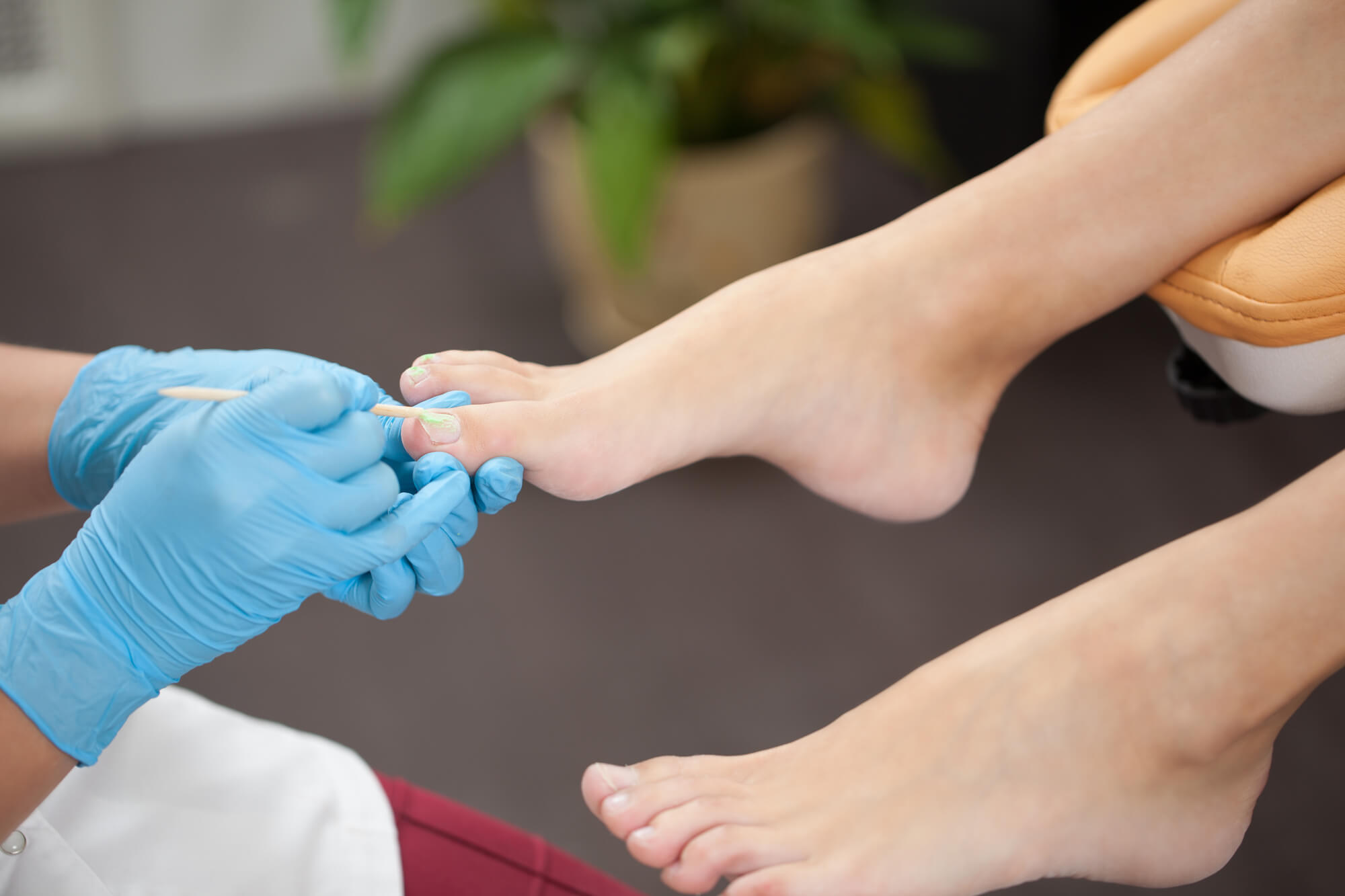Dangers of Pedicures and Foot Spas for Diabetic Patients
Diabetes is a chronic condition that affects millions of people worldwide. People with diabetes are more susceptible to foot problems, making foot care an essential aspect of their overall health management. One of the most popular ways people pamper themselves is by getting a pedicure or foot spa. However, for people with diabetes, these treatments can be risky and even dangerous. In this article, we'll discuss the potential dangers of pedicures and foot spas for diabetic patients and provide tips on protecting yourself.
Why Pedicures and Foot Spas Can Be Dangerous for Diabetic Patients
Pedicures and foot spas can be relaxing and beneficial for the feet, but for diabetics, these treatments can be risky and even dangerous. It's important to understand why they can harm diabetic patients to take appropriate precautions and avoid potential foot problems.
Poor Circulation
One of the main reasons pedicures and foot spas can be dangerous for diabetic patients is poor circulation. High blood sugar levels can damage blood vessels, reducing blood flow to the feet. This can lead to a reduced ability to fight infections and heal wounds. If an infection does occur, it may take longer to heal and be more difficult to treat.
Diabetic Neuropathy
Another reason why pedicures and foot spas can be dangerous for diabetic patients is due to diabetic neuropathy. This condition is caused by nerve damage that can lead to a loss of sensation in the feet. This loss of sensation can make it difficult to detect pain or injury, leading to injuries going unnoticed.
Risk of Infection
Pedicures and foot spas can increase the risk of infection for diabetic patients. The tools and equipment used during these treatments may not be properly sterilized, leading to the transfer of harmful bacteria or viruses. Additionally, the skin on the feet of diabetic patients is more vulnerable to infections due to the effects of high blood sugar levels.
Cuts and Abrasions
Nail technicians may inadvertently nick the skin while trimming cuticles or shaving calluses, leading to a higher risk of infection. Diabetics are also more prone to developing ingrown toenails, leading to pain, infection, and even amputation.
Burns
Foot spas use warm water to relax the feet, but for people with diabetes, warm water can lead to burns. Due to neuropathy, diabetic patients may not feel the temperature of the water, making it harder to detect when the water is too hot.

Risks of Pedicures and Foot Spas for Diabetic Patients
The risks of getting a pedicure include infection, cuts and abrasions, burns, and even ingrown toenails. Nail technicians may inadvertently nick the skin while trimming cuticles or shaving calluses, leading to a higher risk of infection. Ingrown toenails can also occur if the nail technician cuts the toenail too short, leading to pain and infection.
How to Protect Yourself During a Pedicure or Foot Spa
To reduce the risks associated with a pedicure or foot spa, people with diabetes should take the following precautions:
Select a Reputable Salon
It's important to select a reputable salon that follows proper sanitation procedures. The salon should be clean and tidy, and the nail technician should use sterilized instruments and properly sanitize foot baths between customers.
Avoid Certain Treatments
People with diabetes should avoid certain treatments that can cause injuries or irritation, such as cutting or removing calluses, using razors or other sharp instruments to remove the skin, or soaking the feet in hot water.
Prepare Your Feet Beforehand
Before going to a pedicure or foot spa, it's important to prepare your feet by washing and thoroughly drying them, trimming your toenails straight across, and avoiding cutting the cuticles.
Communicate with Your Pedicurist or Esthetician
You must communicate with your pedicurist or esthetician about your diabetes and foot problems. They can modify their treatments to reduce the risk of injury or infection and will understand the importance of caution.

Foot Care Tips for People with Diabetes
To maintain good foot health, people with diabetes should follow these foot care tips:
- Wash and dry your feet every day
- Inspect your feet daily for cuts, sores, or blisters
- Use lotion to keep your feet moisturized
- Trim your toenails straight across
- Wear comfortable, properly fitting shoes
- Seek professional care from a podiatrist if you notice any foot problems
Conclusion
While getting a pedicure or foot spa can be an enjoyable way to pamper yourself, it can be dangerous for people with diabetes. To reduce the risk of injury or infection, it's important to choose a reputable salon, avoid certain treatments, prepare your feet beforehand, and communicate with your pedicurist or esthetician. By following these tips and taking good care of your feet, you can avoid serious foot problems and maintain good foot health.

